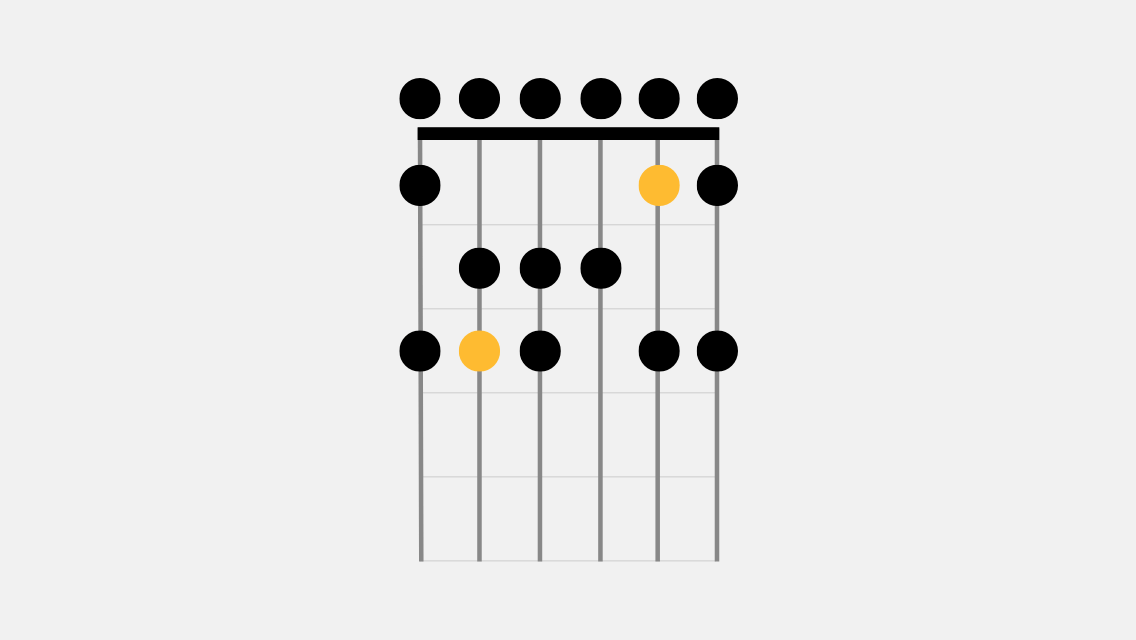1 Min ReadBy Dan Macy
What is PIMA?
Learn what PIMA means and how it is used in fingerstyle playing.

Sections
When learning to play fingerstyle guitar, one of the first things you’ll encounter is the acronym PIMA. Fingerstyle playing requires the use of the fingers on your right hand instead of using a pick. Without a pick, you need a way to know which finger on your plucking hand plays which note. Enter PIMA.
It’s Classical
Taken from the classical guitar world, the letters in PIMA stand for the Spanish words for your fingers. It’s mapped like this:
P = pulgar (thumb)
I = indice (index finger)
M = medio (middle finger)
A = anular (ring finger)
So if you’re looking at tab or sheet music and see the letter P above a note, that means you’re supposed to use the thumb on your right hand to strike that note. Using letters for the fingers on your right hand also helps distinguish between the numbering system used to represent the fingers on your left hand.
What About the Pinky?
You’ll notice there’s no letter to represent your pinky. This is because the fourth finger isn’t typically used in fingerstyle, which is why it’s missing from the PIMA acronym. Many players use their pinky as an anchor on the guitar body to help stabilize their hand.
When you get to more advanced material, use of the pinky might occasionally sneak in. When it does show up, it is normally labeled with the letter ‘c’ or ‘e'.
Fingerstyle guitar can seem a little intimidating to beginners because it requires a little more coordination and use of your fingers. PIMA is there to help ease the pain by spelling out exactly what finger to use when playing. So PIMA away!
Want to learn more about PIMA? Check out this video from Fender Play. And if you're not a Fender Play member yet, click here for a free trial.


